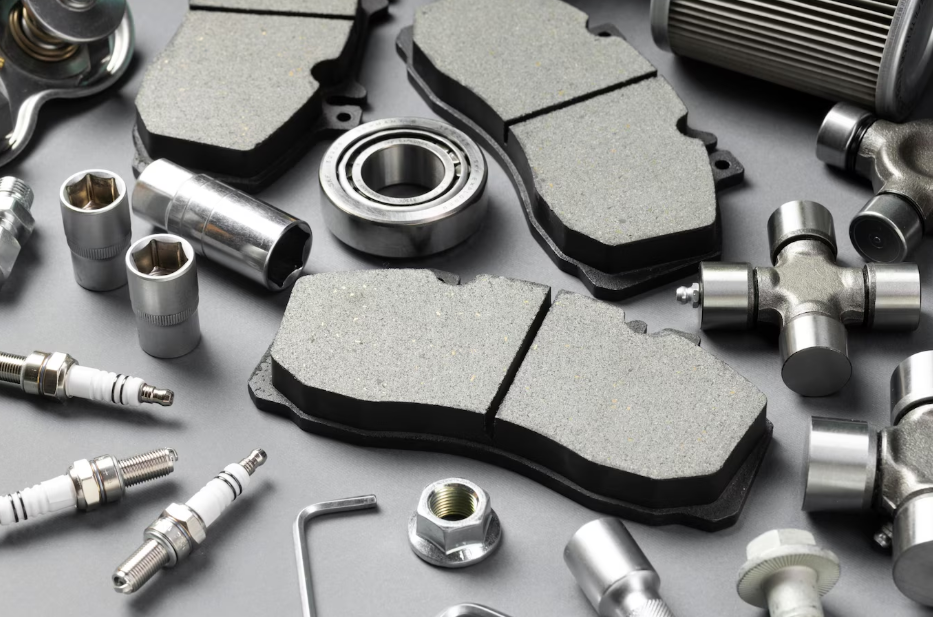Ever since CNC prototyping was introduced, it has since gained a lot of popularity as it has revolutionized the production and manufacturing sector. The machining technique has opened the world to everybody.
CNC prototyping is used in almost every industrial sector, with the ever-emerging trends in technology; there is a lot that has changed since the inception of the machining process. For large-scale manufacturers, they’ve incorporated the prototyping process due to the cost associated with it as it allows them to reap huge benefits of scale.
As good as it may sound, there is still room for improvement with regards to CNC prototyping. In this post, we are going to delve deeper a bit into things you should pay special attention to when using this production process.
Table of Contents
ToggleMaterials
Every design and engineering firm has a wide range of materials that they like to work with, CNC prototyping is a subtractive process which means that the machines will cut out extra materials making the final product.
Unlike 3D printing, which adds additional layers until a product is formed. Plastic resin is the most preferred method when creating a prototype as its mainly used for almost 90% of all production techniques. It allows the manufactures to test the viability of the product and point out possible defects and flaws before mass production is rolled out.
Costs
CNC prototyping is not recommended for small projects as it can be quite costly, the machining process requires more power and human personnel for the project to be a success compared to 3D printing which is relatively inexpensive.
With regards to finished metal parts, procuring them can be quite costly for a small company or project. For large-scale manufacturers, CNC prototyping is the perfect solution for them as they have the financial muscle and resources.
Accuracy
The main objective of the machining technique is to create a functional part/prototype for testing. The use of technology is applied in various fields but when it comes to manufacturing; the main methodology used is the creation of parts and products that will match the needs and requirements of the client for them to be sold on the market.
Keeping in touch with your engineers is very vital, even the most experienced designers and engineers can miss a mark on design or product without constant communication. As a client always leave the line of communication open throughout various stages of design and production.
Size of the project
As a project lead or developer, you need to ask plenty of questions till all your queries have been satisfied before signing any contract with the manufacturer. One of your major concerns should be about their machines and techniques used in the production of machined parts of products.
If mass-productions your end-goal, then the manufacturer should be able to create a working prototype that’s similar to the original design for testing and functionality to be carried out saving you a lot of time and money before full production is rolled out.







